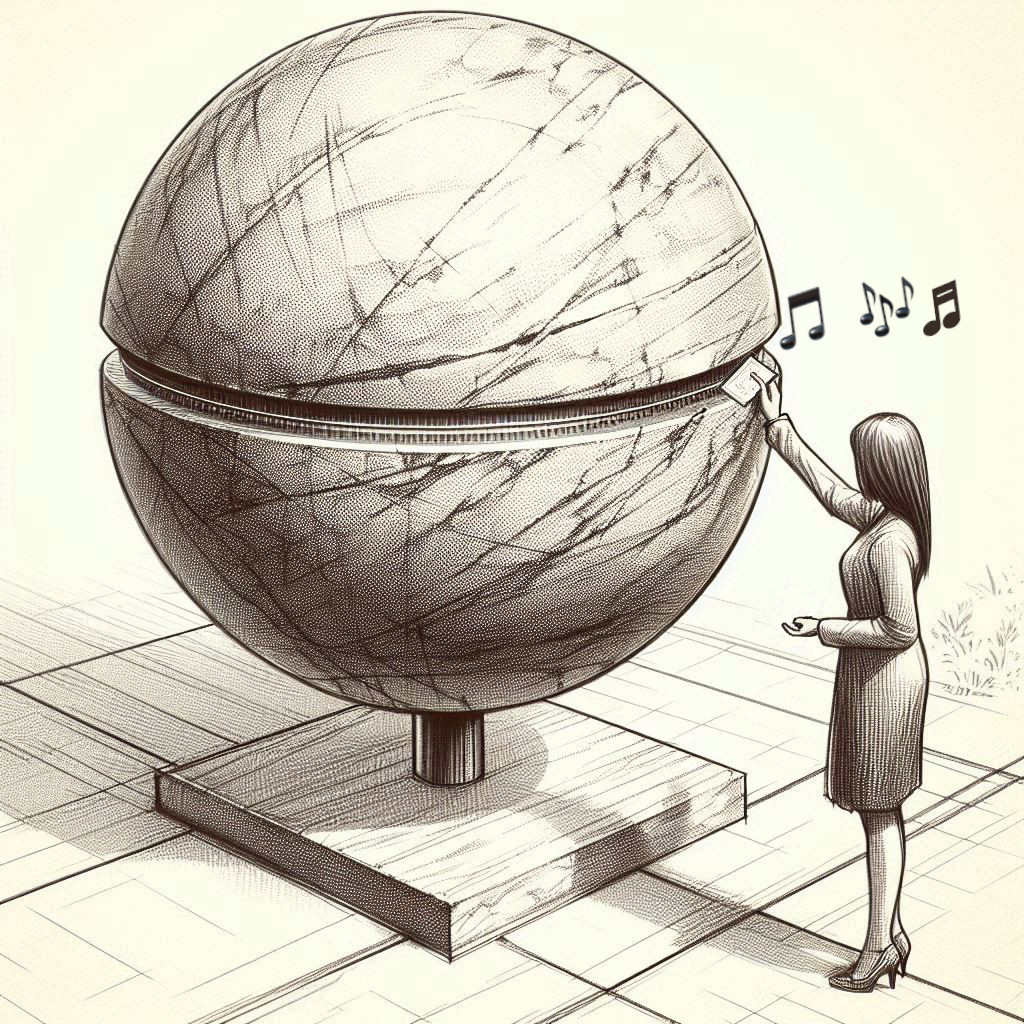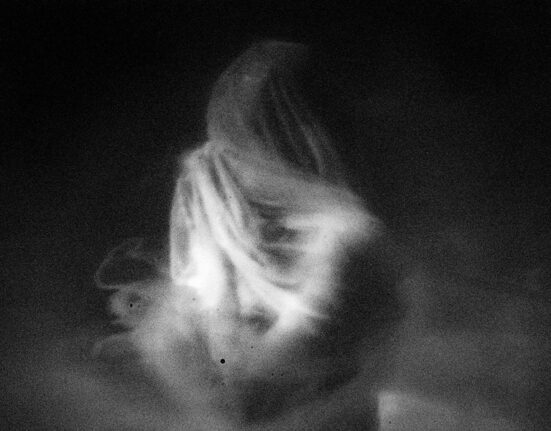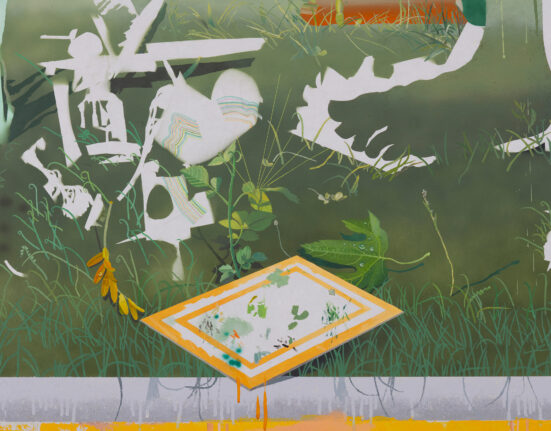
Some B Square readers might remember when music could be played on disks made of vinyl, which had little grooves, with wave forms molded into them, which were read by a phonograph needle to reveal the encoded sound.
That might as well have been the Stone Age.
I’d like to go back to a kind of literal stone age, when it comes to sound…and public art.
Somewhere in the words below, I will come back to this notion, which I call the “stone-ograph.”
On Wednesday’s (July 10) meeting agenda for Bloomington’s art commission is an update from its public art committee.
The update will likely include at least a brief report on the feedback received from the public on four possible designs for public art to be installed in the Hopewell Commons. The two-week period for public feedback, via a webform, ended on July 5.
A meeting of just the public art committee appears on the calendar for Friday.
I was somewhat underwhelmed by all four of the Hopewell Commons public art designs, especially given the budget of $100,000.
For future installations, I hope the Bloomington art commission (BAC) might consider an alternative to the approach that it took to soliciting Hopewell Commons designs.
Of course, the approach taken by the BAC was totally sensible. The initial call for artists was meant to help ensure that eventual proposals would come from people who knew what they were doing.
Amateurs were excluded: “All professional visual artists, designers, and architects, 18 and over, are invited to submit proposals.”
The criteria for selection were also pragmatic. Included was one to increase the odds that the installation would eventually be completed: “Successful, creative, innovative work on comparable projects or potential to accomplish new work in the public sphere.”
But that approach will miss ideas from regular folks who live here, who just want to see something very cool get created in the very spot they might be walking past almost every day.
The stone-ograph is one such idea, which is, of course, a nod to the quarries that make up part of Bloomington’s heritage.
Stone-ograph Concept
A plain 10-foot diameter limestone ball mounted on a metal rod. When you push on it, it will turn. There is a groove carved around the “equator” of the sphere. There is space for a metal band that is machined with the waveform of a musical snippet or a voice, such that when you hold an ordinary business card against it, the card “plays” the snippet. The piece is engineered such that the metal band can be swapped in and out with different snippets for different occasions.
I stole this idea, in two ways. First, the idea of a giant geometric shape turning on a spindle is lifted from “The Cube” which is a CorTen steel sculpture installed on the University of Michigan campus in Ann Arbor, Michigan, designed by Tony Rosenthal. I think of it as a gold standard for great public art.
The second way I stole this idea also has an Ann Arbor connection. When I lived up there, I got to know a local guy named Michael Flynn, who invented something he calls the “Cooperative Phonograph.” It’s a big metal disk with a machined edge that embeds a wave form that is playable with a business card.
There’s a basic flaw in the design of the stono-agraph, as shown in the sketch included with this column. Namely, the metal band with the groove is too far off the ground to be accessible to someone who uses a wheelchair to get around.
One approach to solve that issue would be to slice off the bottom of the ball, leaving just the top hemisphere. The metal band could then be set at whatever height is optimal.
Or the spherical shape could be completely scrapped. Maybe a better idea would be a big limestone cylinder with grooves for installation of several metal bands.
But this idea is not going to fit into any typical municipal public art program. That’s because writing this column is already near the limit of the time and expertise I am able to contribute, to make the concept happen.
That’s because I am not a professional artist. I don’t know how to work with fabricators, or manage a public art project.
But if the initial call for a public art project were just for concepts submitted by anyone, including rank amateurs, then ideas like the stone-ograph might have a chance. City staff would be tasked with project management, and communication with fabricators, to make the concept happen.
I think it’s time to start thinking of ways to mix professional expertise with grassroots ingenuity for public art that is truly of the people.
Published







